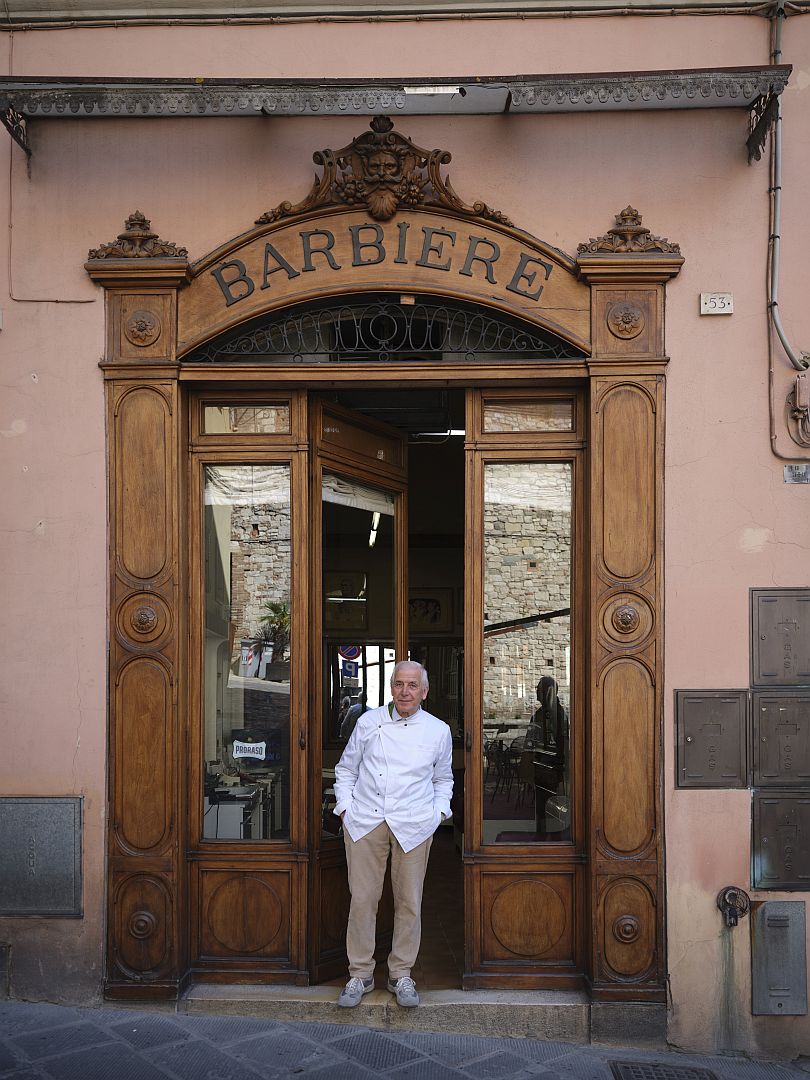Here is another instalment of photographs of Italian shops. In March 2020, as the COVID-19 pandemic took hold and all shops were closed in Italy, I published an elegaic photo essay celebrating the shopfronts and the shopkeepers of Italy. It was a worrying time and I published it as much to cheer myself up as for anyone else, although I hope it may have cheered others up as well.
Now, two and a half years later, the pandemic has eased, although the hoofbeats of another horseman of the apocalypse can be heard to the northeast. So in slightly happier but still nervous times, here is another chapter.
As I said in the earlier post, Italians have a flair for design and presentation which in the case of shops manifests itself both in the design of the shopfront and in the care which goes into the displays of merchandise.
Let us start with a very elegant butcher’s shop in Arezzo, a Norcineria (delicatessen) in Orvieto, and a Gastronomia in the Naples suburb of Vomero.
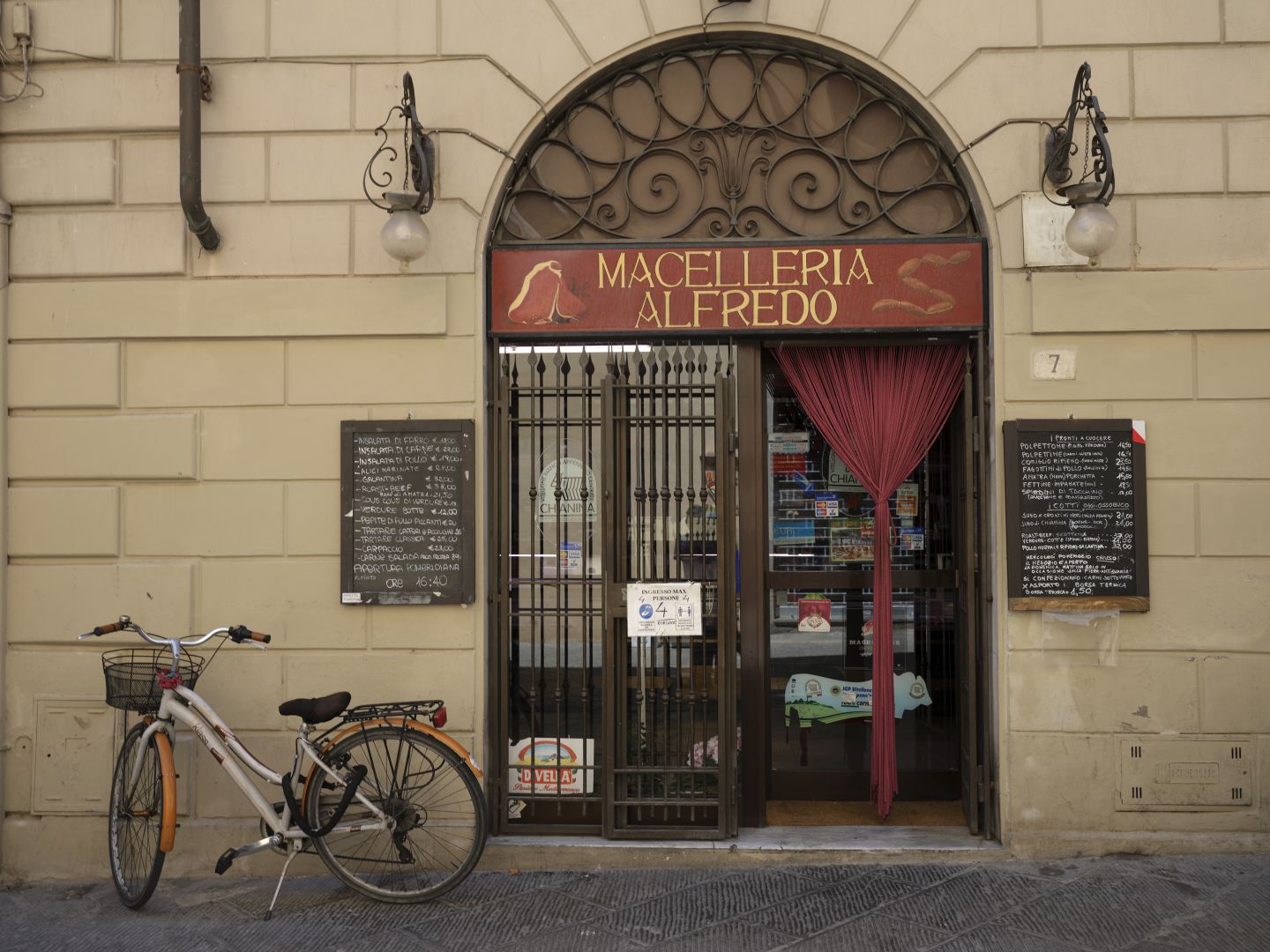
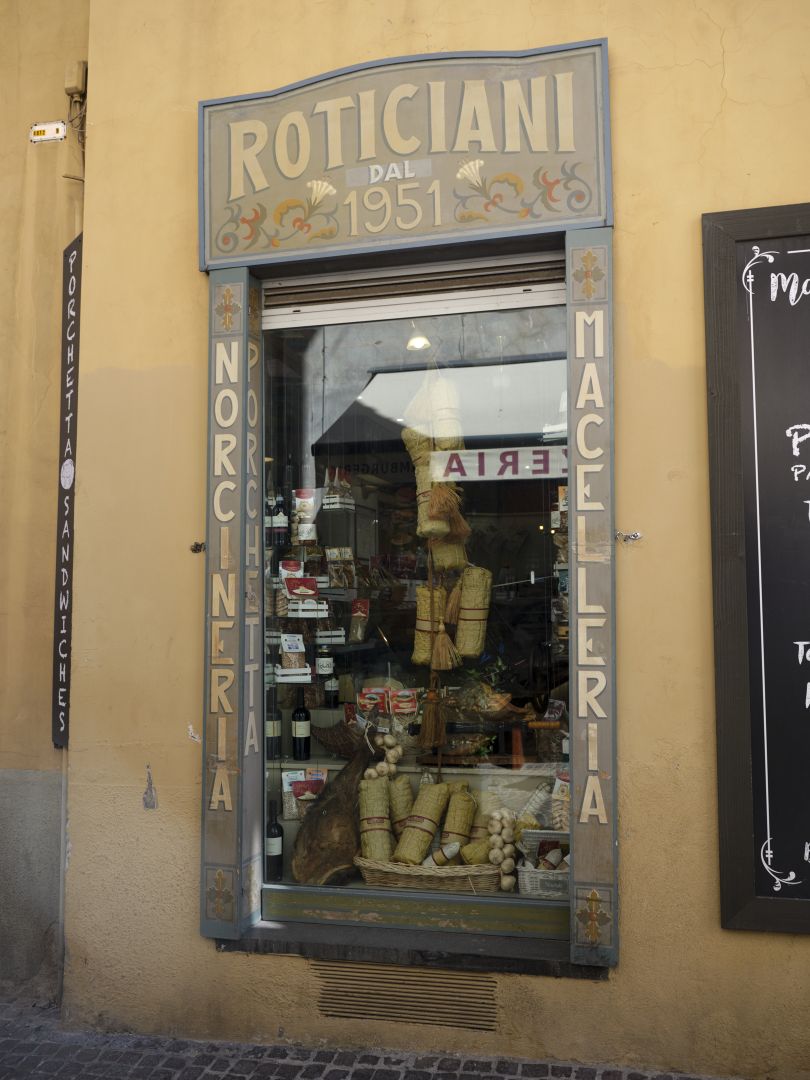
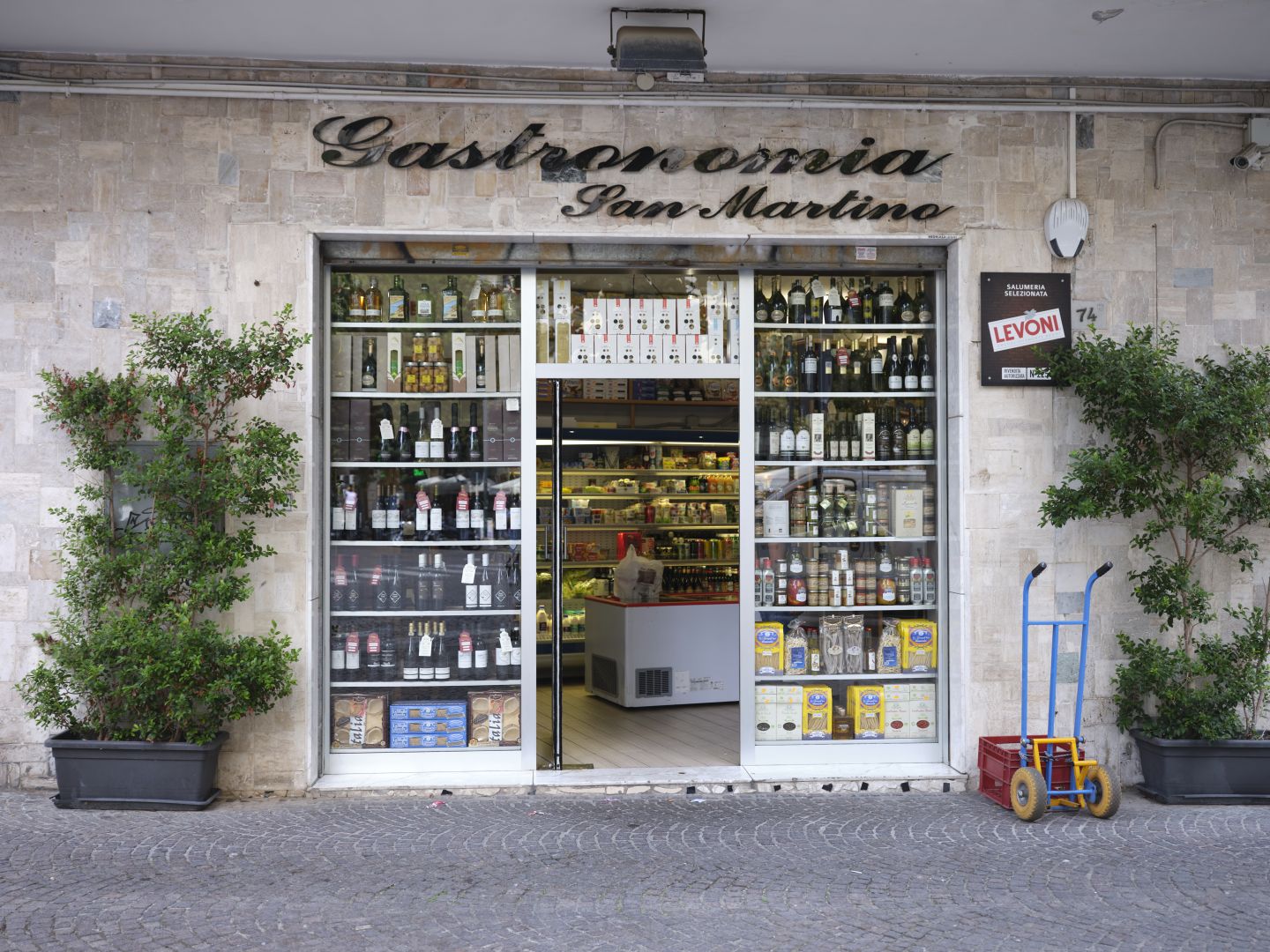
Still on the subject of food – a very important subject in Italy – here are a gastronomia from the town of Bevagna with an impressive delivery bike outside, and an osteria in Todi, the interior of which promises a warm welcome as the evening draws in.
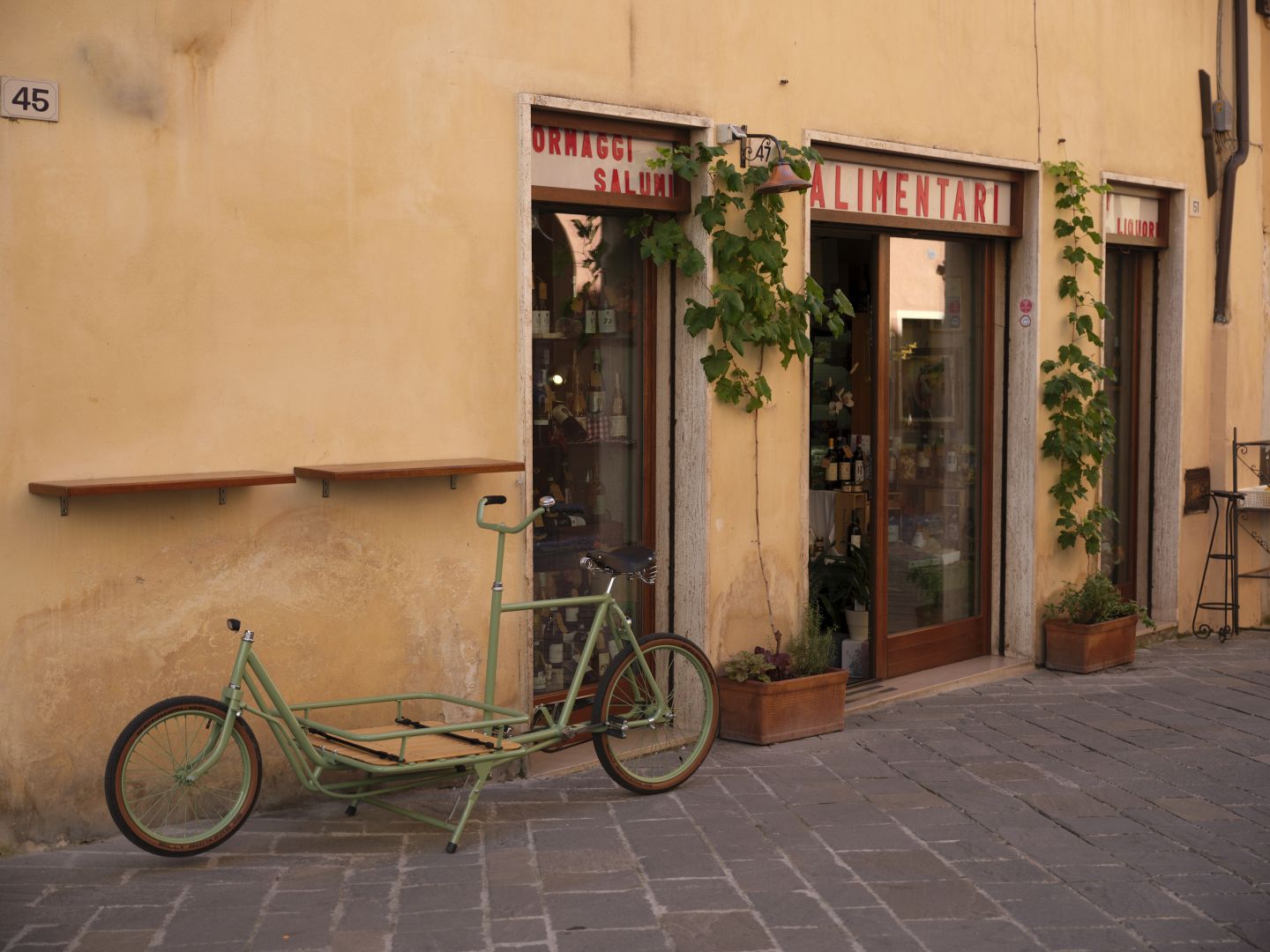
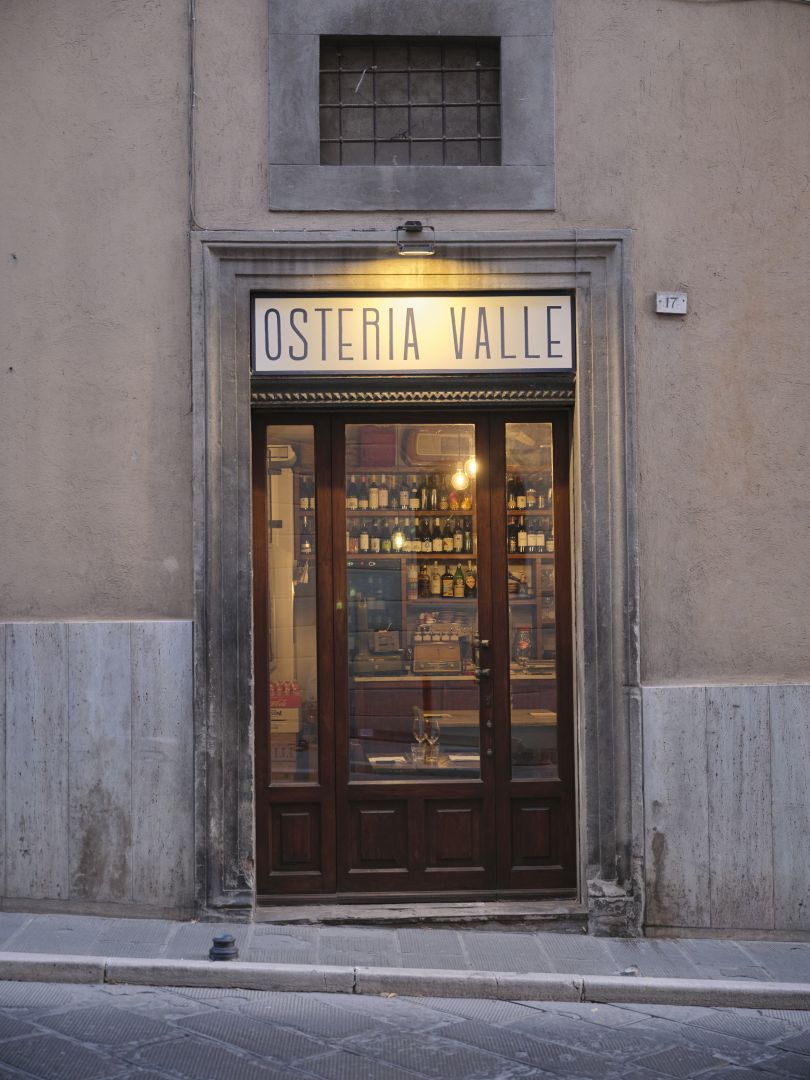
Bars occupy a special place in Italian life. In the mornings they serve coffee and pastries for breakfast – often eaten standing up at the counter by people on their way to work. This is the only time of day when milky coffees like cappucini are ordered by Italians. A strong black espresso is of course acceptable at any hour of the day or night. Then in late morning people stop ordering cappucini and it becomes acceptable to order a pre-lunch aperitivo – a glass of wine or a spritz, or a beer if it is hot. Snacks, often quite substantial, may be offered – and outside the main tourist areas may even be included in the price of the drinks. Bars may double as pasticcerie and gelaterie, and many cheaper restaurants and trattorie double as bars before mealtimes.
In the warmer months a bar’s tables and chairs may spill out into sunny piazzas, and in winter a bar offers a bright, warm and steamy refuge on a dark and cold morning.
Bars can be huge and swanky with uniformed waiters, or tiny and utilitarian with a single person serving. An example of the former is Caffè Paszkowski in Florence, and there are literally thousands of examples of the latter. Below the picture of Caffè Paszkowski is one of a tiny and anonymous bar in Corso Cavour in Todi.
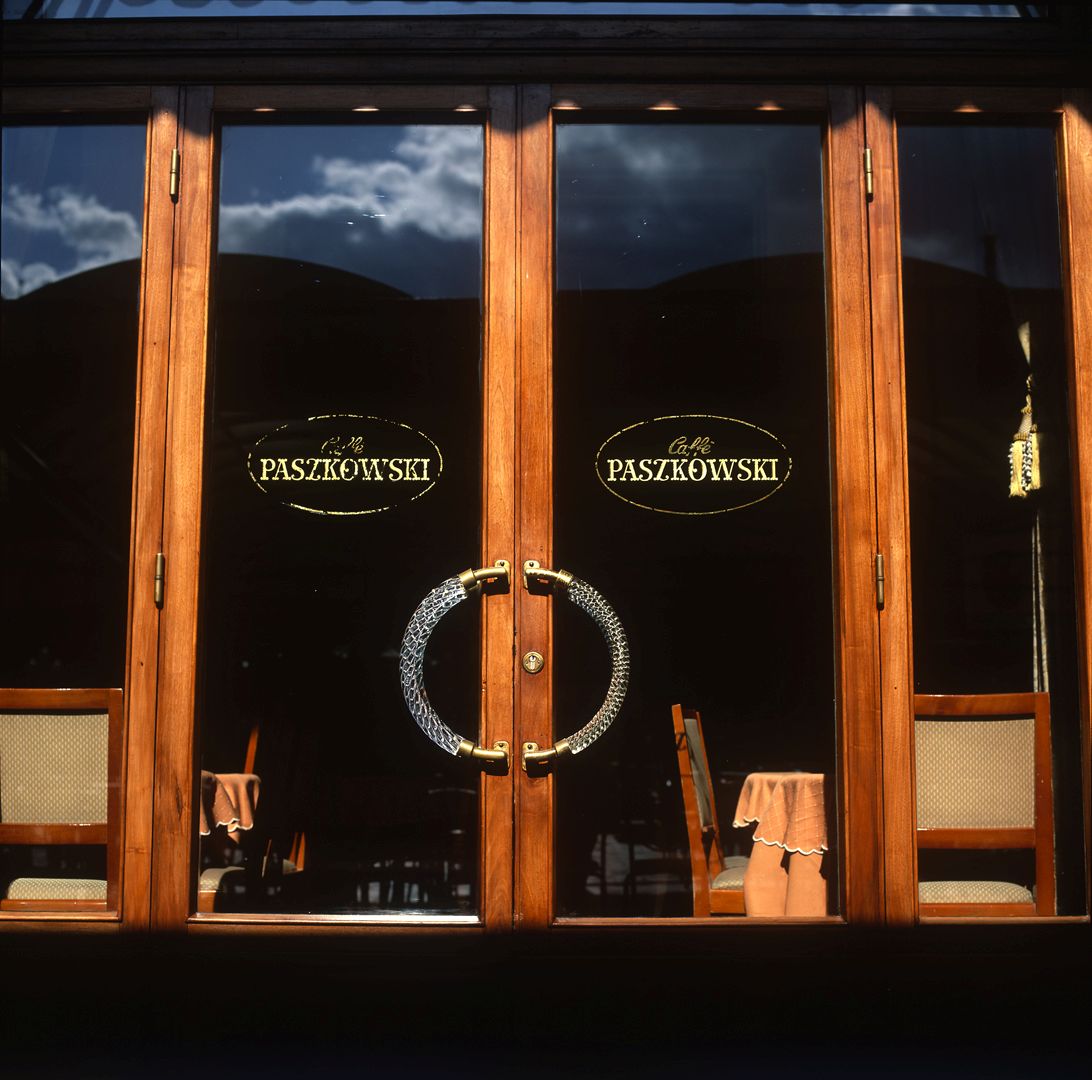
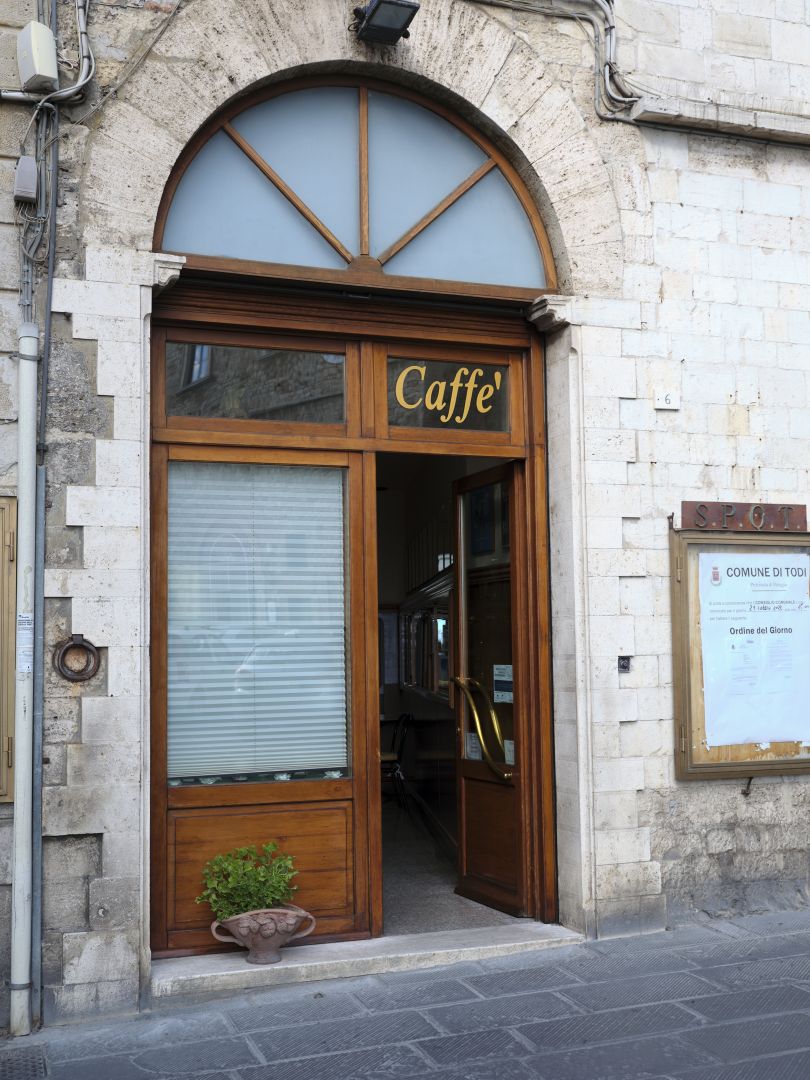
But Italians all have their favourite, and are faithful to them. There is a phrase – di fiducia, literally “of trust” – which tells you a lot about Italian behaviour. Your bar – or greengrocer’s, or butcher’s – di fiducia is the one you are faithful to, where they recognise you and greet you. And if the proprietor saw you going into another establishment they would feel slighted. As people who are obviously not Italian and are therefore usually assumed to be tourists, it means a lot to us to have a bar and shops di fiducia in our adopted town.
Here are two more examples of neighbourhood bars – the Bar Viviani in Arezzo and the Bar Loreti in the little town of Acquasparta in Umbria.
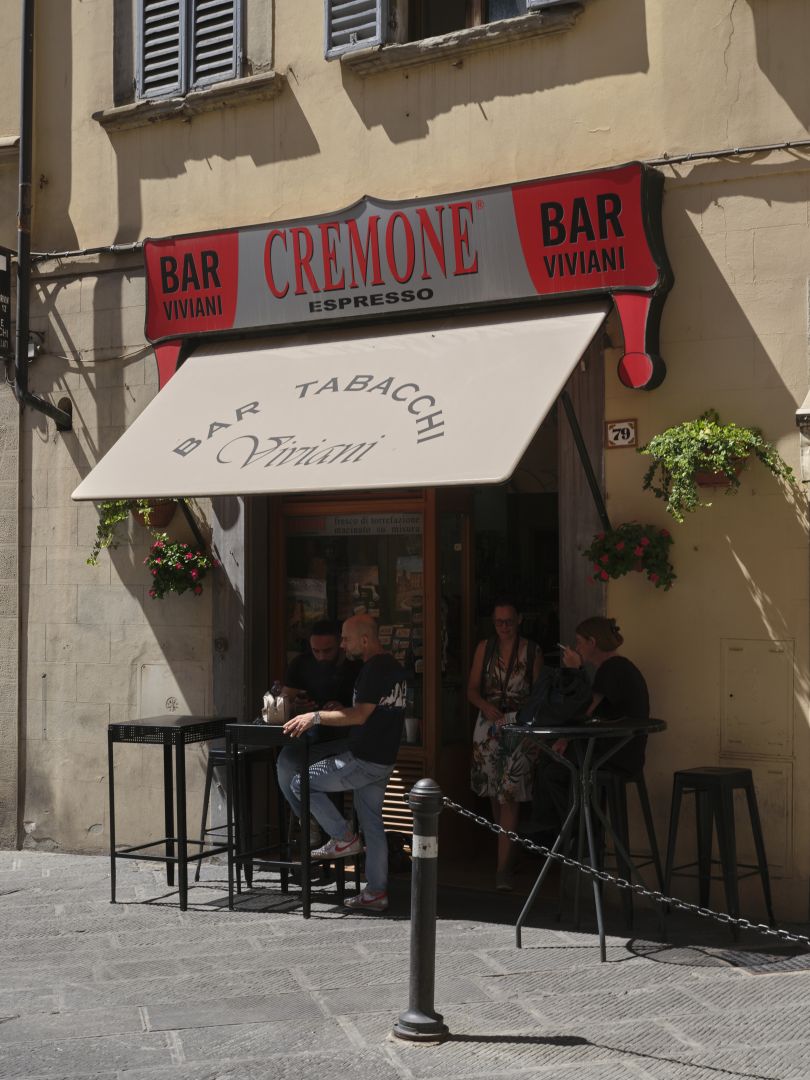
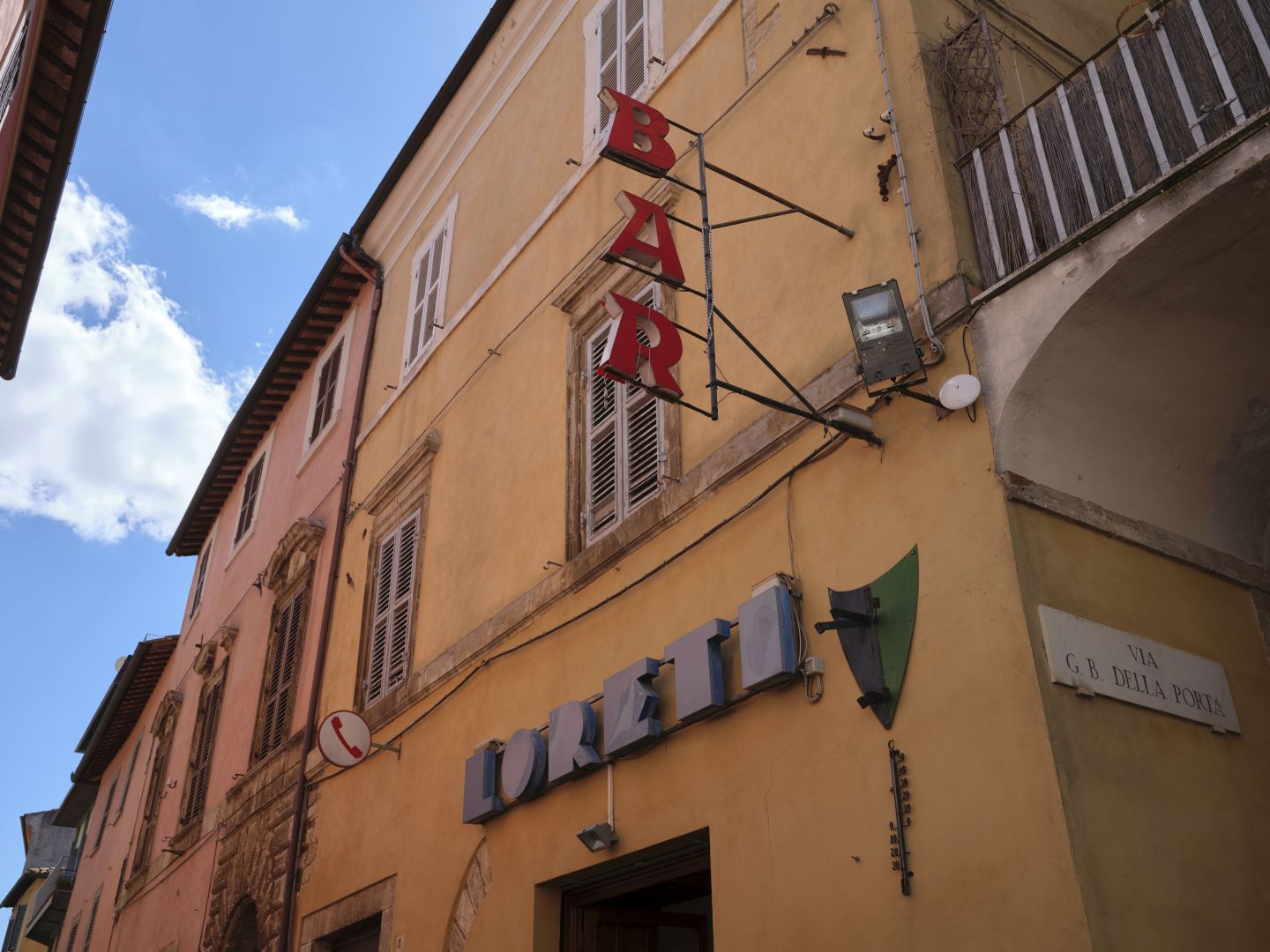
Of course where else but in Rome could you actually find shops that specialise in liturgical vestments?
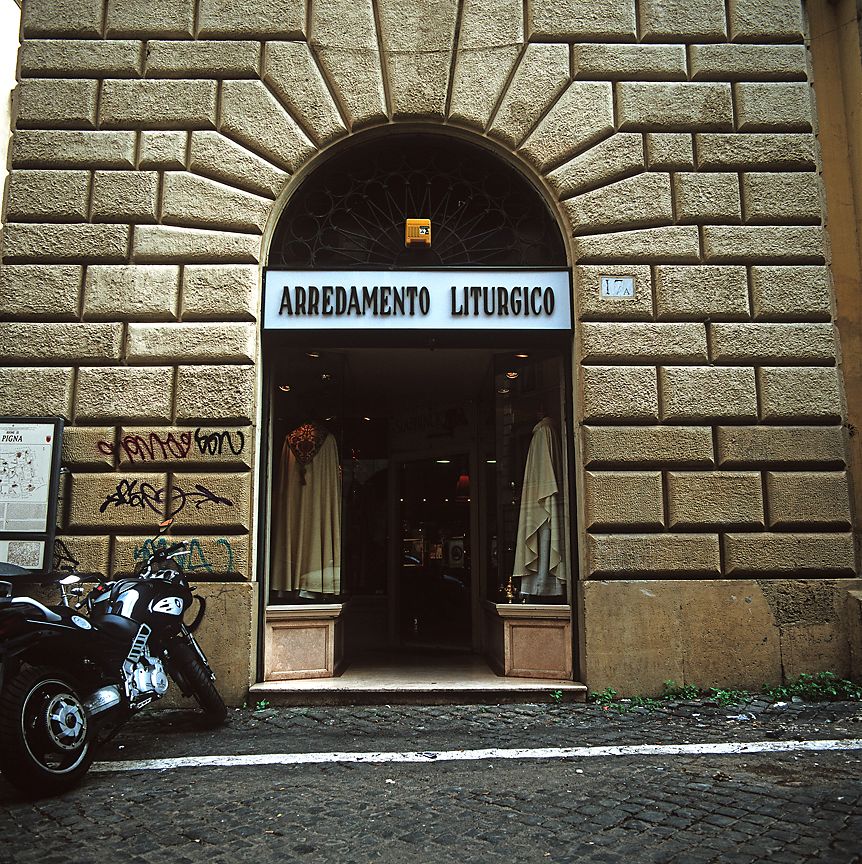
The gritty streets of downtown Naples must be one of the most challenging environments for the proud shopkeeper. Theft and vandalism are equal threats, and the response is armoured steel doors that when closed look as if they would withstand anything short of assault with an anti-tank weapon. But when they are opened they reveal display windows and shelves on the insides of the doors, whether for the beautifully boxed chocolates of Gay-Odin, or the books of the d’Ambrosio bookshop, both below.
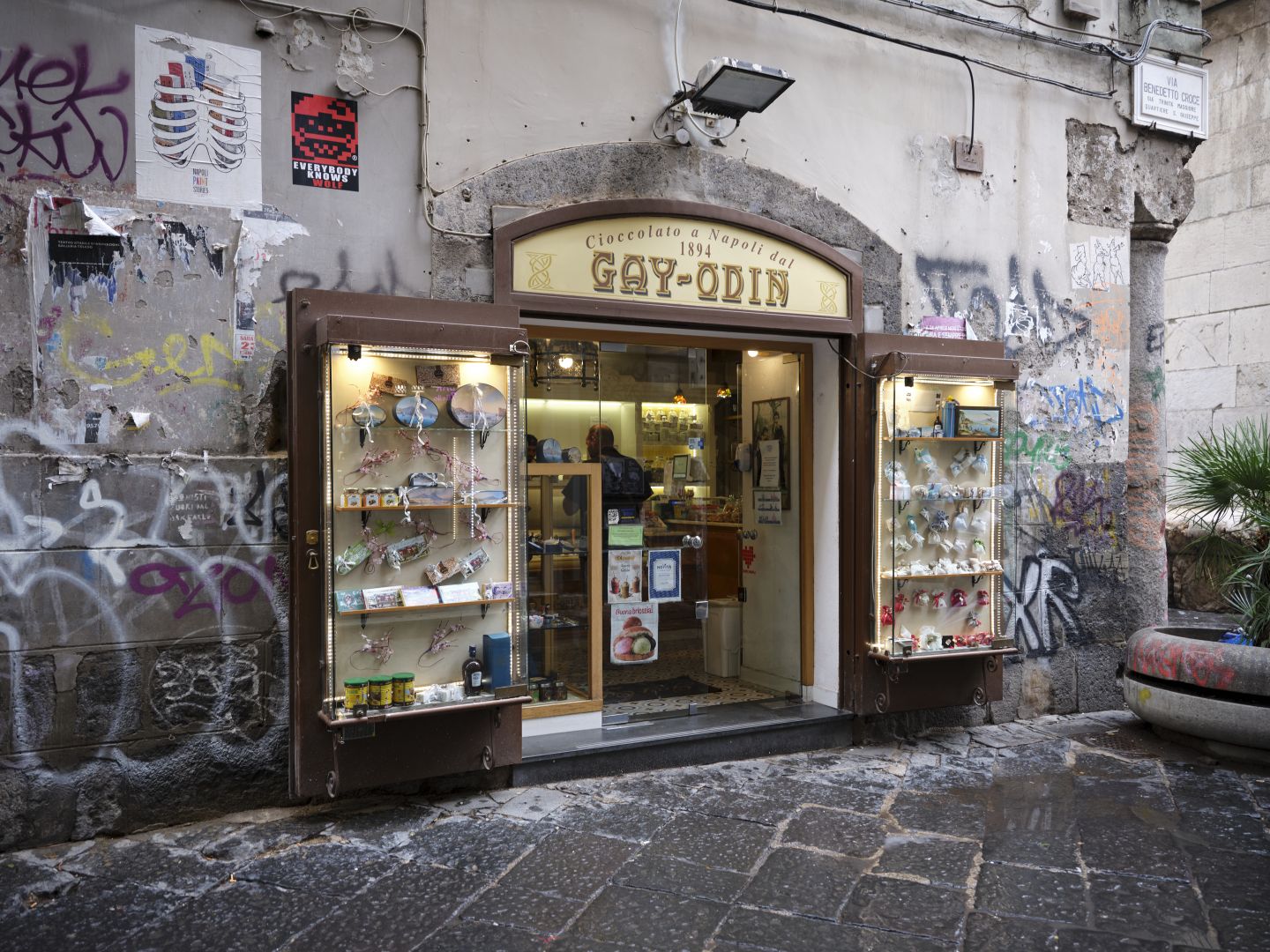
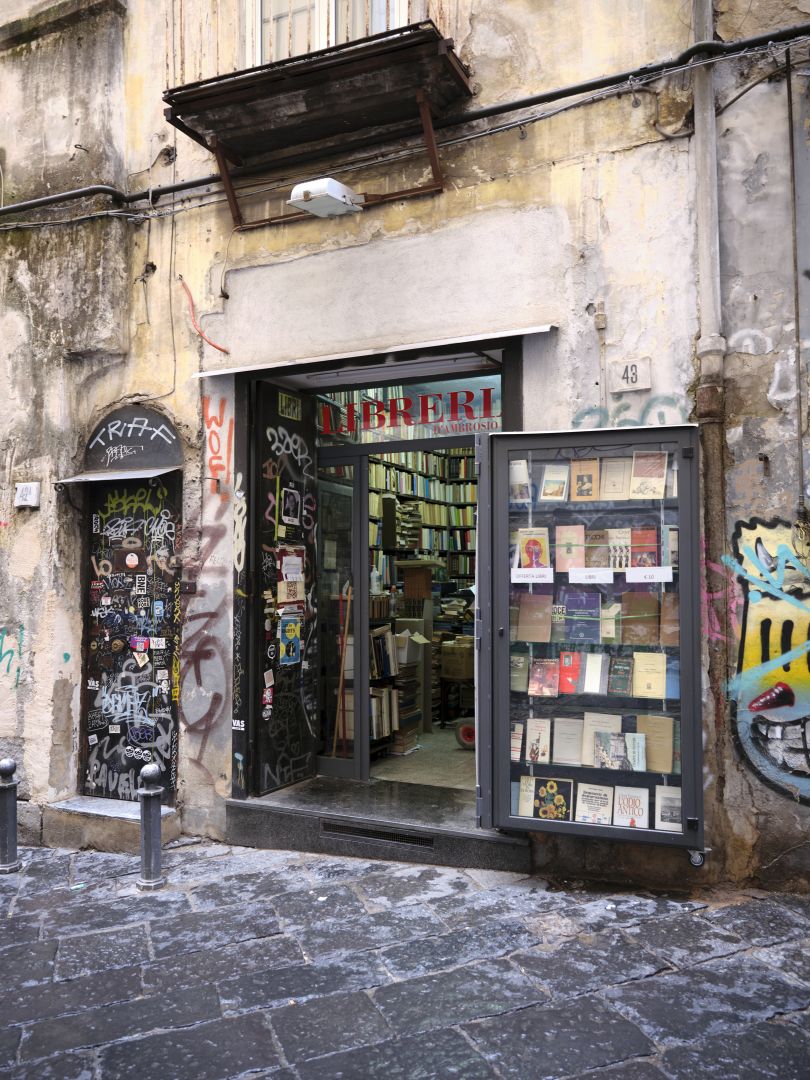
After hours, when the doors are closed again, you would walk past them without a second look, unaware of the treasures within.
I will finish with what must be one of the most elegant barbershops anywhere. Mr Bertini’s establishment in Todi is rightly famous for its ornately carved shopfront, which has been seen in many online travelogues and even featured in a television advertisement for Moretti Beer. Mr Bertini is also a real artist with scissors and razor.
